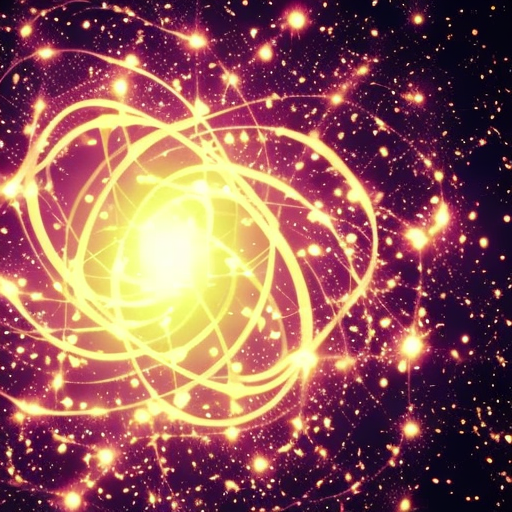Summary:
Electric power transmission is the process of transmitting electrical energy from power plants to substations and then to consumers. It involves the use of high-voltage transmission lines, transformers, and other equipment to efficiently transport electricity over long distances. This summary provides an overview of electric power transmission, including its components, operation, challenges, and future developments.
Main Summary:
Electric power transmission is a crucial part of the electricity supply chain, enabling the efficient and reliable delivery of electricity from power plants to consumers. It involves the movement of electrical energy at high voltages to minimize losses and maximize efficiency. The transmission system consists of various components, including power plants, transmission lines, substations, transformers, and control systems.
The process of electric power transmission begins at power plants, where electricity is generated through various sources such as coal, natural gas, nuclear energy, or renewable sources like wind and solar. The generated electricity is then stepped up to high voltages using transformers for efficient transmission. High-voltage transmission lines, also known as power lines or grids, are used to transport the electricity over long distances. These transmission lines are made of conductive materials like aluminum or copper and are supported by towers or poles.
At substations, the voltage is stepped down using transformers to a level suitable for distribution to consumers. Substations also play a crucial role in monitoring and controlling the flow of electricity, ensuring a stable and reliable supply. From the substations, electricity is distributed to consumers through a network of distribution lines.
Electric power transmission faces several challenges. One of the main challenges is the loss of electrical energy during transmission. These losses occur due to resistance in the transmission lines and transformers. To minimize losses, high-voltage transmission is used, as it reduces the current and therefore the power lost as heat. Another challenge is the need to balance the supply and demand of electricity in real-time. This requires sophisticated control systems and grid management techniques to ensure a stable and reliable power supply.
In recent years, there have been advancements in electric power transmission technology. One such development is the use of high-voltage direct current (HVDC) transmission. HVDC allows for the efficient transmission of electricity over long distances, with lower losses compared to traditional alternating current (AC) transmission. HVDC is particularly useful for transmitting electricity from remote renewable energy sources, such as offshore wind farms.
Another area of development is the integration of smart grid technologies into the power transmission system. Smart grids use advanced sensors, communication systems, and data analytics to monitor and control the flow of electricity in real-time. This enables better management of the power grid, improves reliability, and facilitates the integration of renewable energy sources.
In conclusion, electric power transmission is a critical component of the electricity supply chain. It involves the efficient and reliable transmission of electricity from power plants to consumers. The transmission system consists of various components and faces challenges such as energy losses and the need for real-time grid management. However, advancements in technology, such as HVDC transmission and smart grid integration, are helping to overcome these challenges and improve the efficiency and reliability of electric power transmission.












